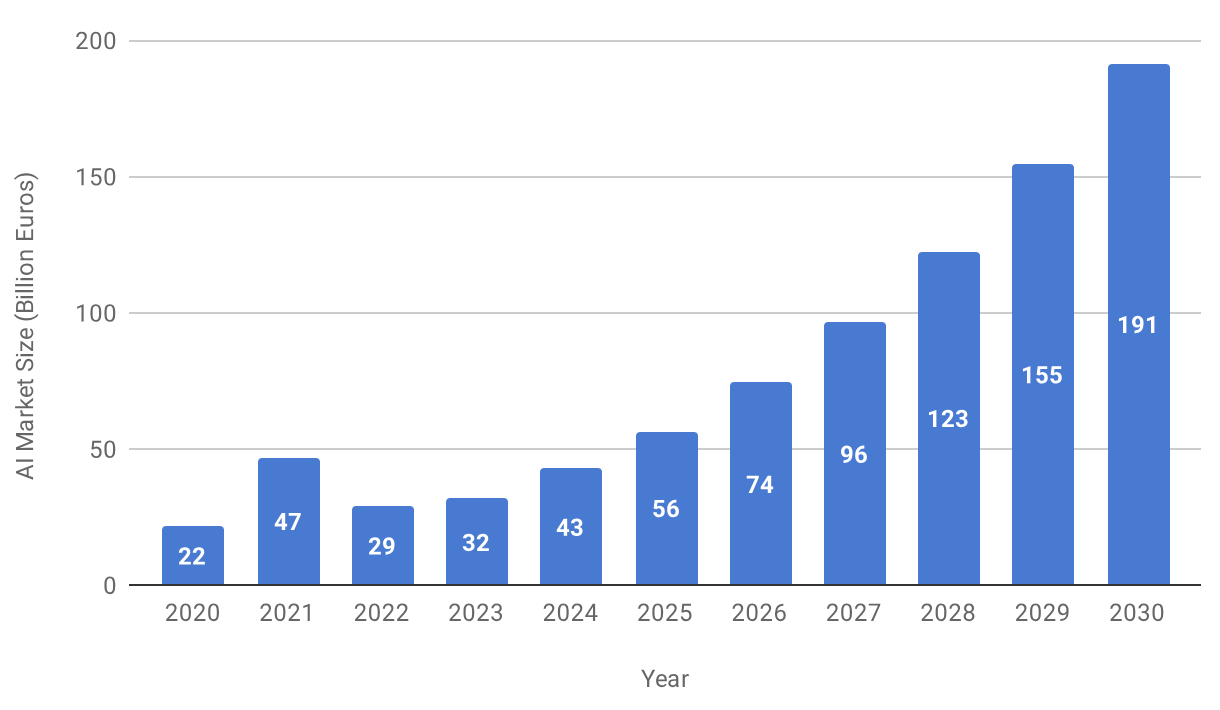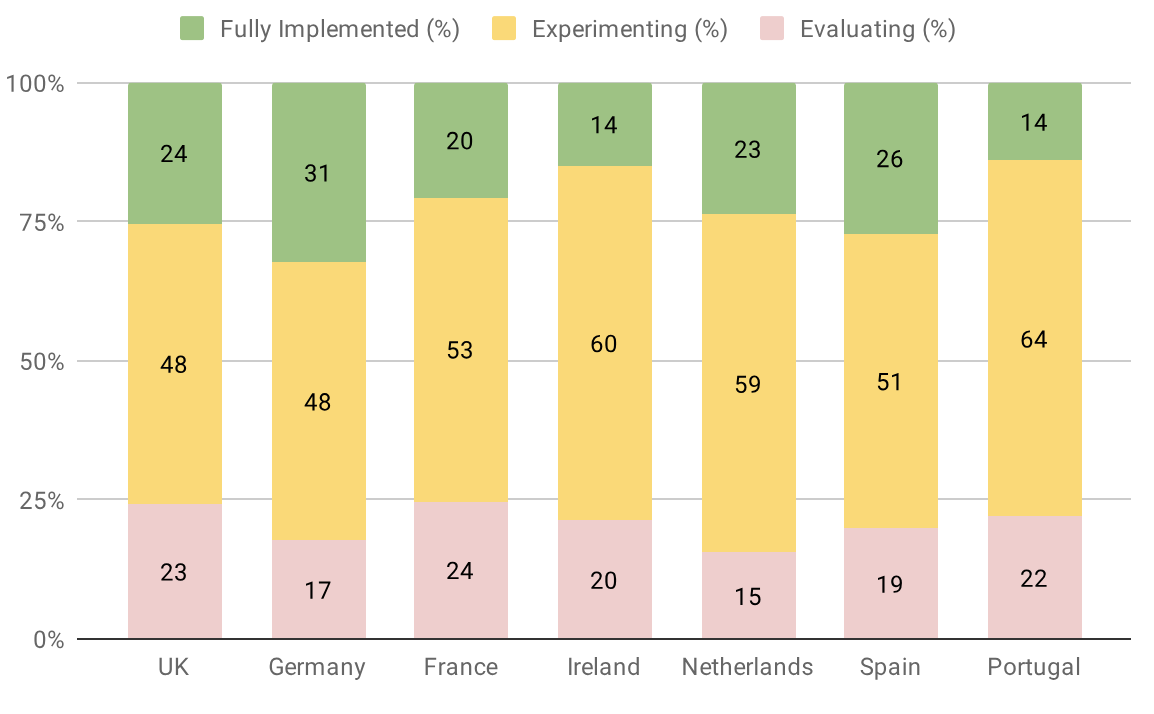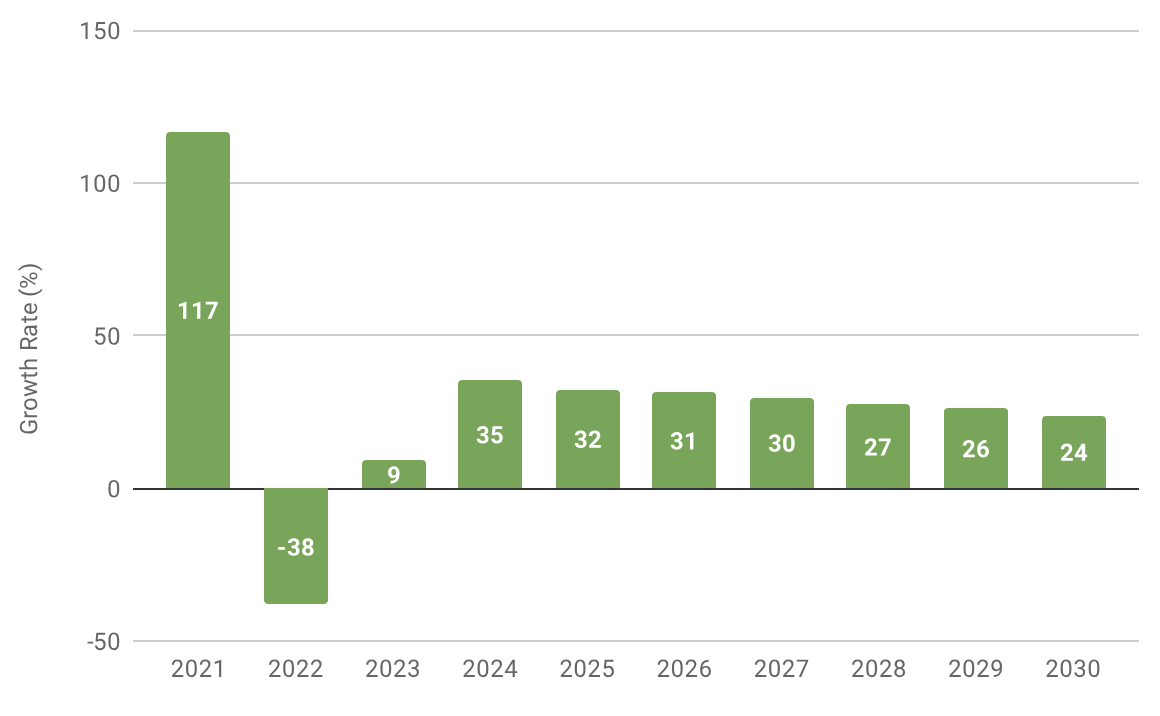
Ever wondered how AI can turbocharge your market entry and growth strategies? In today’s fast-paced business world, companies that integrate AI-driven tactics often gain a significant edge over competitors. According to a recent Gartner report, organizations leveraging AI in their GTM strategies have seen revenue improvements ranging from 5% to 20% and sales productivity gains of up to 25%, underscoring the transformative potential of these technologies.
Key Areas Of AI-Driven GTM
• Real-Time Market Insights
AI replaces slow, manual research with continuous sentiment analysis and automated competitor tracking. This means you can spot market shifts as they happen rather than months later.
• Customer Segmentation And Personalization
Traditional demographic-based segmentation is giving way to dynamic micro-segmentation. AI models analyze behavioral data in real time, helping you tailor offers and messages to each customer’s evolving needs.
• Predictive Customer Journey Mapping
Rather than assuming a static path, AI tools track every click and interaction, using predictive analytics to anticipate customer moves. This helps you optimize touchpoints and enhance the overall experience.
• Smart Pricing Strategies
Gone are the days of fixed pricing based solely on cost-plus methods. AI-driven pricing adjusts on the fly, factoring in demand, competition, and customer behavior for maximum profitability.
• Channel Optimization
AI continuously evaluates the effectiveness of each marketing channel, suggesting where you should invest your budget. This data-driven approach can outperform traditional, intuition-based tactics.
A Quick Anecdote
A few months back, I worked with a startup that used AI-driven lead scoring for their SaaS product launch. They discovered a niche audience segment they’d overlooked—one that converted 40% more often than their primary target market. Within weeks, they shifted focus, tailored messaging, and doubled their projected subscription rate. It was a vivid demonstration of how AI insights can reshape GTM decisions in real time.
Challenges To Consider
• Organizational Readiness:
Teams might worry AI will replace their roles. Emphasize how AI augments human expertise rather than displacing it, and involve employees early in the process.
• Measuring ROI:
Benchmarks and pilot programs are crucial. If you set clear KPIs like lead conversion rates or customer lifetime value, you can track whether AI investments pay off.
• Budget And Integration:
AI solutions often require new infrastructure or talent. Ensure compatibility with existing CRM, ERP, and marketing systems to avoid data silos.
• Scalability:
Choose AI platforms that grow with your business. Verify vendor roadmaps and support structures to ensure long-term success.
Blending AI with human creativity can transform how you approach the market. By using real-time analytics, dynamic pricing, and hyper-personalized customer journeys, your GTM strategy can become more agile and impactful than ever.





















